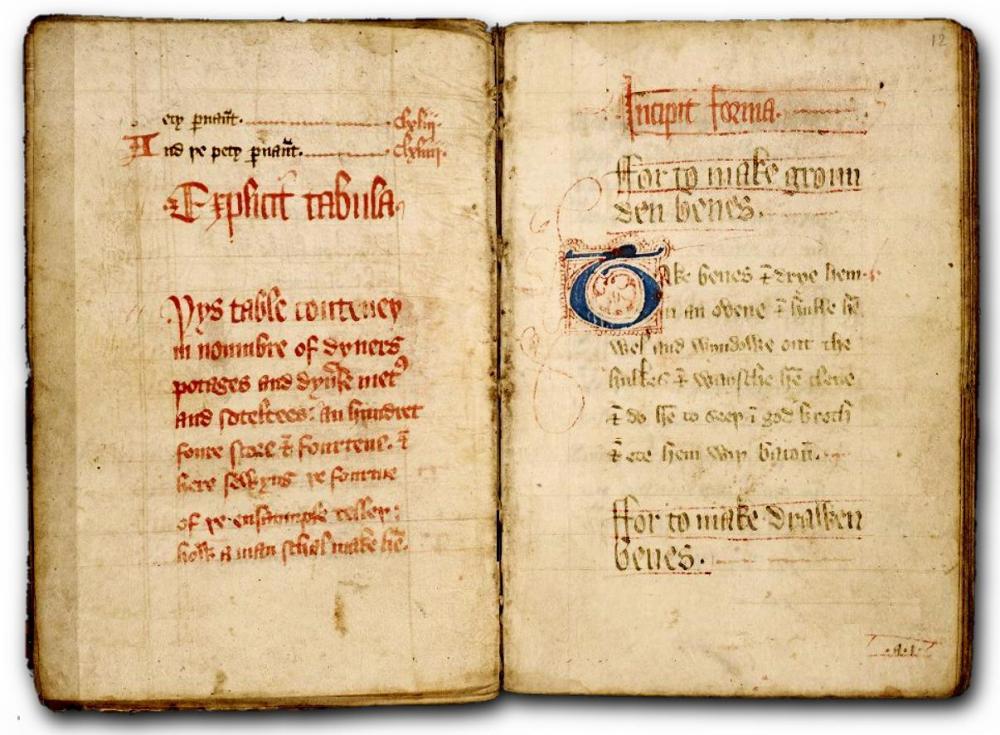Gyngawdry and Tavorsay
I've been seeing these in my local supermarket for years and wondering what I could do with them.
They are the Iivers of some unidentified species of fish.
Then, yesterday, I remembered two recipes. The first is for gyngawdry, sometimes spelled gyngawtre. Not that it's spelled often. It was first found in writing in 1390 and hasn't been found any later than around 1450, other than in works by other writers, nearly all historians, quoting the 1390 book.
The 1390 reference is from The Forme of Cury by the Chief Master-Cook of King Richard II of England, the oldest English language cookbook we know of. 'Cury' is an old form of 'cookery' from the Latin, curia. Nothing to do with 'curry'.
GYNGAWDRY
"Take the powche and the lyver of haddok, codlyng and hake and of oother fisshe, parboil them, take them and dice them small, take of the self broth and wine, a layour of bread of galyntyne with good powders and salt, cast that fysshe therein and boile it. & do thereto amydoun and colour it grene."
The Forme of Cury - PD
That the dish disappeared a mere 60 years after its debut is not encouraging, although it lasted longer than Richard, who was forced to abdicate in 1399 and was executed by Henry IV on Valentine's Day, 1400 at the age of 33. The fate of his cook is unreported.
Anyway, although I don't know what the species is in my supermarket, I'm totally sure it isn't haddock, cod or hake. I move on
TAVORSAY
Tavorsay has even fewer mentions only being referenced once - in 1450, just as gyngawdry makes its last appearance in the same document.
It does have a clearer description though.
"Tauorsay: Nym ye hed of ye codling & ye liuere, & like out ye bones. Cast therto goud poudre of piper & gyngiur and gif forth."
Cod head and liver with spices including pepper and ginger.
Cod I can get here although not with livers intact. Fish head soup is popular here but is made from bighead carp, not cod.
Hmmm. No fish livers in my immediate future, it seems.






